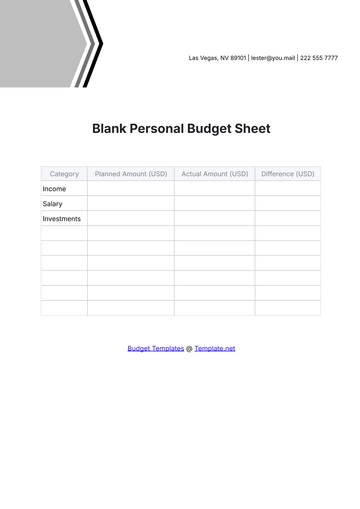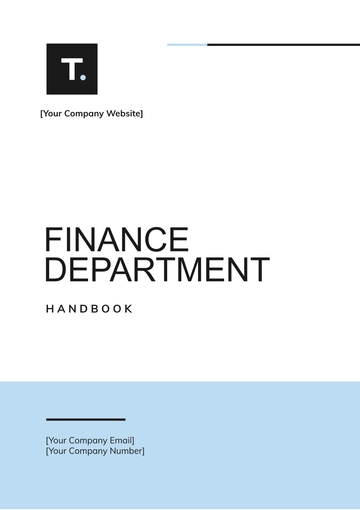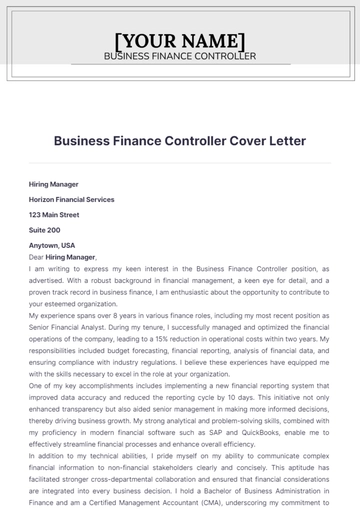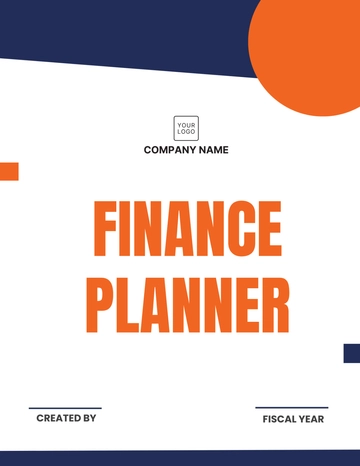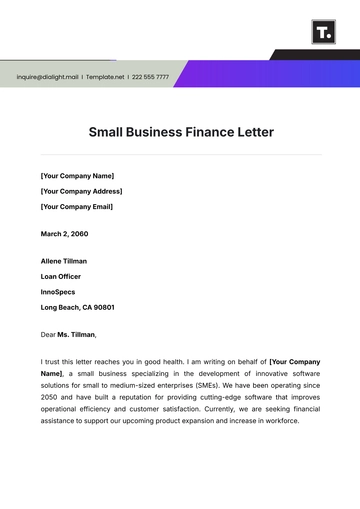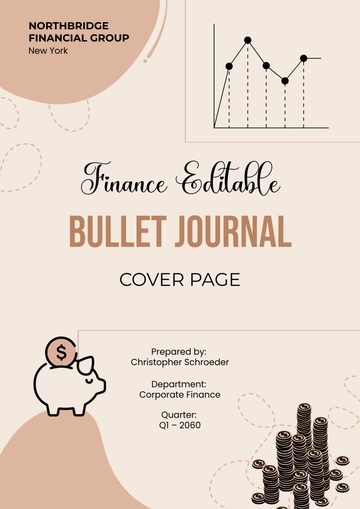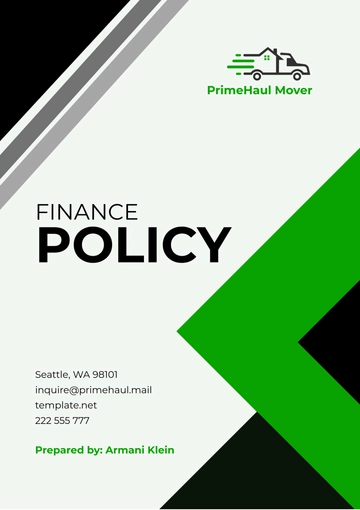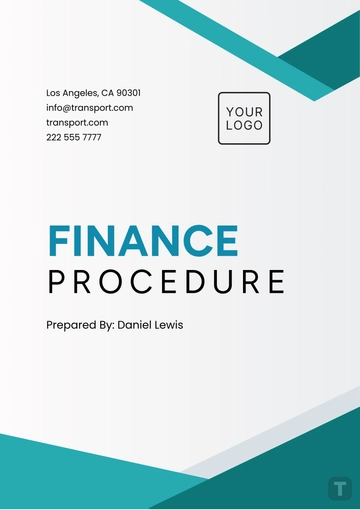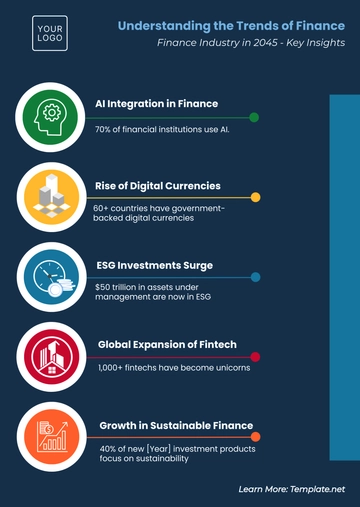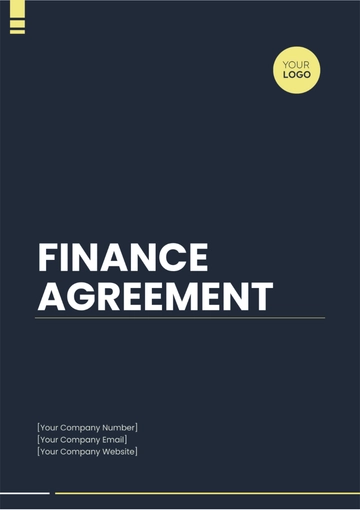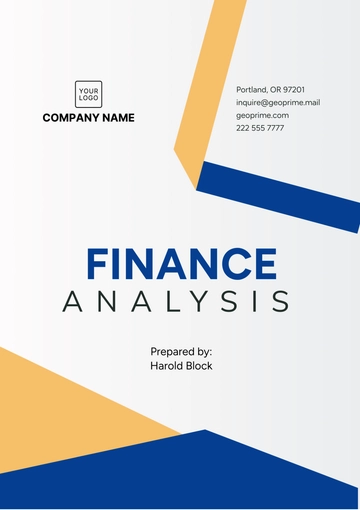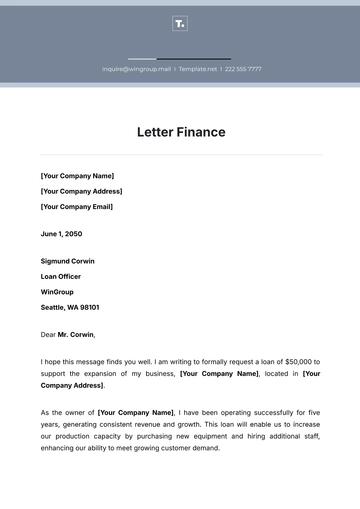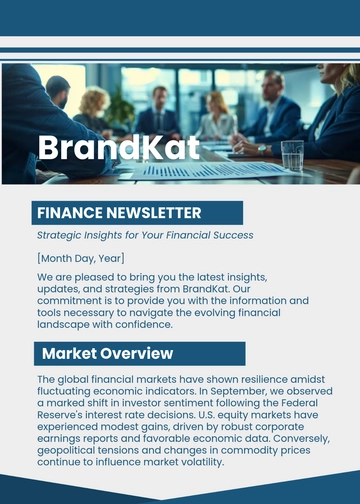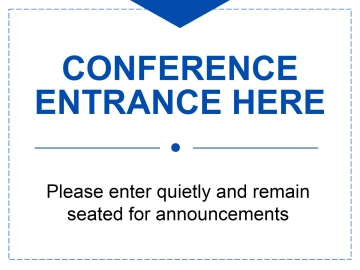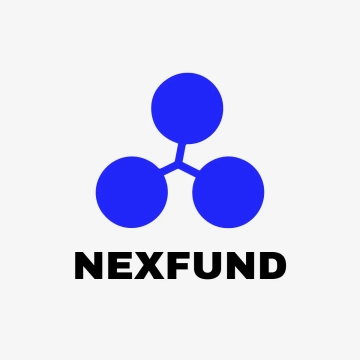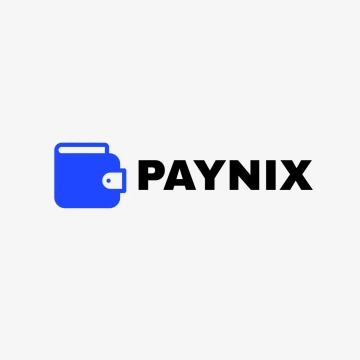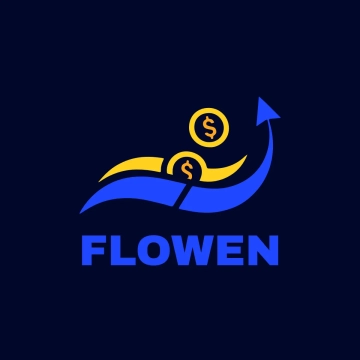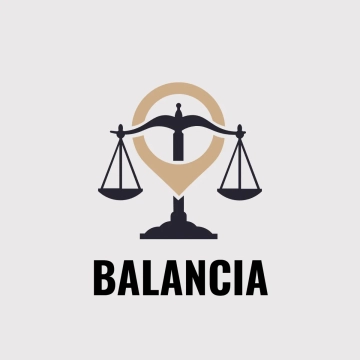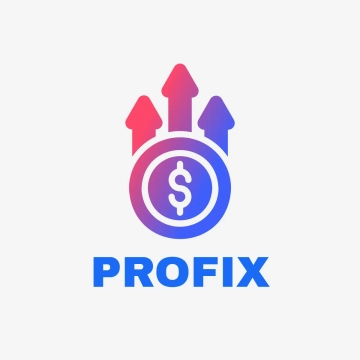Free Financial Governance Framework
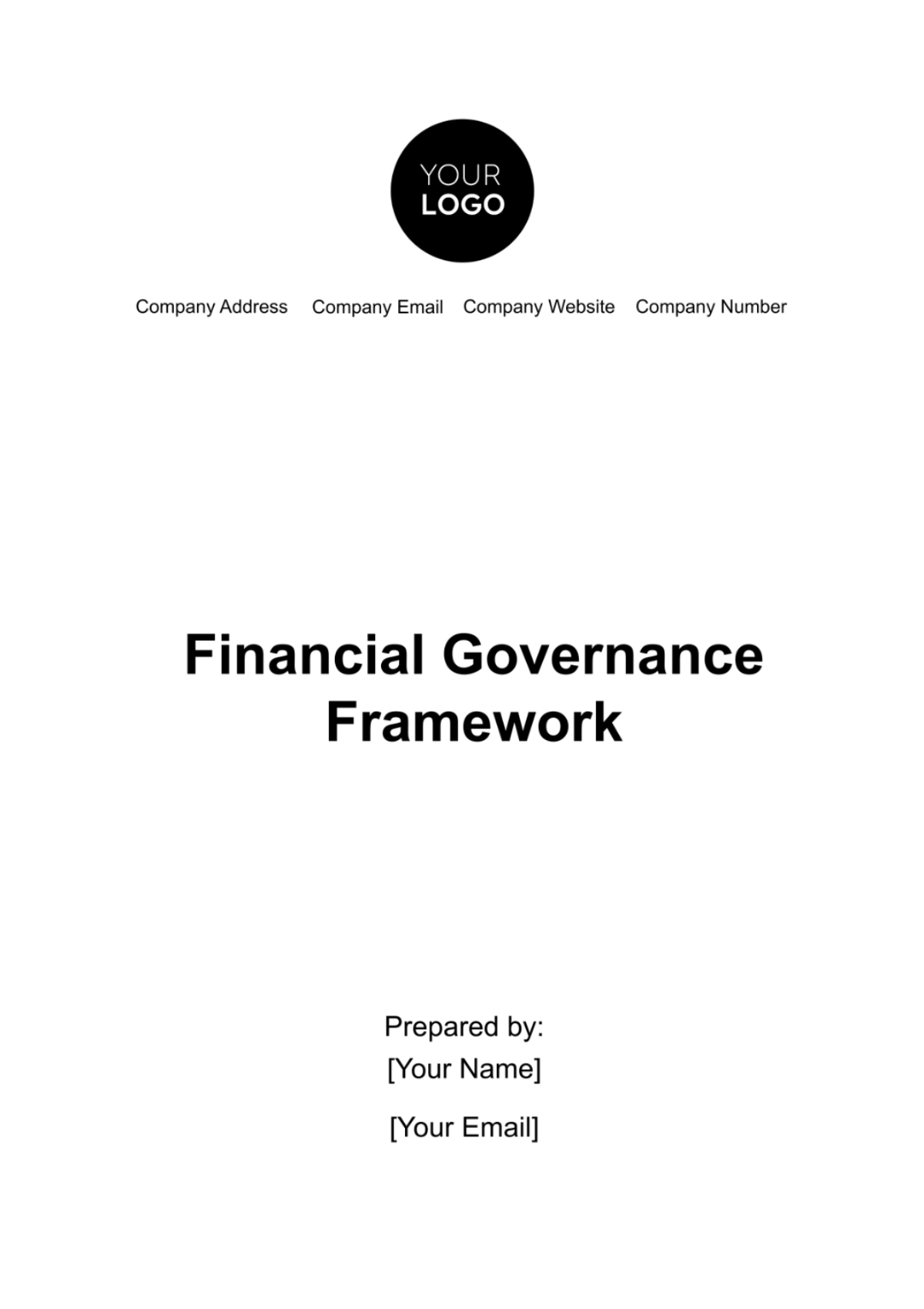
I. Introduction
A. Background and Purpose
The Financial Governance Framework (FGF) is a pivotal document for [Your Company Name], established to fortify the foundation of financial management. In response to the dynamic business environment, this framework aims to uphold the principles of transparency, accountability, and fiscal responsibility. By providing a comprehensive overview of the organization's financial governance structure, the FGF sets the stage for prudent decision-making and compliance adherence.
B. Scope
The FGF applies comprehensively to all financial activities undertaken by [Your Company Name] and its subsidiaries, encompassing budgeting, accounting, procurement, risk management, compliance, and financial reporting. This scope ensures a holistic approach to financial governance, fostering consistency and alignment with organizational objectives across diverse financial functions.
II. Governance Structure
A. Board of Directors
The Board of Directors plays a pivotal role in steering financial decisions. Its responsibilities extend beyond approval of financial policies to actively overseeing strategic financial planning and risk management initiatives. Regular engagements with executive leadership and comprehensive reviews of financial performance empower the Board to exercise informed oversight, ensuring the organization's financial health aligns with its long-term vision.
B. Executive Leadership Team
Collaboration within the Executive Leadership Team (ELT) is vital in shaping and executing financial strategies. The ELT, under the guidance of the Chief Financial Officer (CFO), engages in regular strategic financial discussions, aligning financial goals with operational objectives. This collaborative effort ensures that financial decisions resonate throughout the organization and are integrally linked to achieving overall business success.
C. Finance Department
The Finance Department, led by the CFO, serves as the foundation for implementing and enforcing the FGF. Comprising financial analysts, accountants, and internal auditors, the department is responsible for translating governance policies into actionable procedures. With a keen focus on accuracy, compliance, and strategic financial planning, the Finance Department is essential for maintaining the fiscal integrity of [Your Company Name].
Financial Policies and Procedures
A. Budgeting
Annual Budget Development:
Annual budget development involves a collaborative process, engaging department heads and key stakeholders. Detailed forecasting, considering historical performance and market trends, guides the creation of realistic and achievable budgets. The finalized budget undergoes thorough scrutiny by the CFO and finance team before submission to the Board for approval.
Approval and Monitoring Processes:
Post-approval, the budget undergoes quarterly reviews, comparing actual performance against projections. Variances are analyzed, providing insights into changing financial dynamics. These insights guide proactive decision-making, ensuring the organization's financial agility and responsiveness to market conditions.
B. Accounting Policies
Principles and Standards:
Adherence to Generally Accepted Accounting Principles (GAAP) forms the bedrock of accounting policies. The Financial Policy Manual articulates these principles, providing a comprehensive guide for the organization's accounting practices. Regular updates ensure alignment with evolving accounting standards.
Treatment of Significant Accounting Issues:
For complex accounting issues, a defined protocol involves consultation with external experts. This collaborative approach ensures that the organization's treatment of significant accounting matters is not only compliant but also reflects industry best practices.
C. Expense Management
Authorization and Approval Processes:
Authorization processes for expenses follow a tiered hierarchy, with clear delineation of authority. The use of an automated expense management system streamlines approvals, enhancing efficiency and reducing the risk of unauthorized or non-compliant expenditures.
Reimbursement Policies:
Standardized reimbursement procedures outline the submission and approval process for employee reimbursements. Timely processing of reimbursements is a priority, reinforcing employee trust and adherence to expense policies.
D. Procurement
Vendor Selection and Evaluation:
Vendor engagement begins with thorough due diligence, assessing financial stability, reputation, and alignment with organizational values. Regular evaluations post-engagement ensure that vendors continue to meet performance expectations, fostering strong and mutually beneficial partnerships.
Contracting and Payment Processes:
Contracts undergo legal scrutiny to mitigate risks, and payment processes are transparent and timely. The organization's commitment to ethical procurement practices is embedded in these processes, reflecting integrity in financial dealings.
E. Internal Controls
Segregation of Duties:
Clear segregation of duties is implemented to prevent conflicts of interest and fraud. For example, individuals responsible for approving financial transactions are distinct from those responsible for processing payments. Periodic reviews and audits ensure ongoing compliance with these segregation principles.
Authorization Controls:
The framework establishes well-defined authorization controls, specifying approval hierarchies for financial transactions. This includes stringent controls for high-value or sensitive transactions. Delegation of authority is structured and documented, with periodic assessments to validate appropriateness.
Information Systems Controls:
Robust information systems controls are in place to safeguard financial data. This includes encryption mechanisms, access controls, and regular monitoring of system logs. Continuous updates and patches are applied to financial systems to mitigate cybersecurity risks.
IV. Risk Management
A. Risk Identification
Assessment of Financial Risks:
The risk management team conducts regular risk assessments, identifying and quantifying potential financial risks. This involves a comprehensive analysis of market trends, economic indicators, and internal operational factors. The outcomes inform strategic decisions to mitigate and manage risks effectively.
Scenario Analysis:
Scenario analysis is performed to evaluate the impact of various economic scenarios on the organization's financial health. Stress testing helps gauge the resilience of financial strategies in adverse conditions. The insights gained drive the formulation of proactive risk mitigation strategies.
B. Risk Mitigation
Strategies for Risk Reduction:
A suite of risk reduction strategies is implemented based on the outcomes of risk assessments. This may include diversification of investments, hedging strategies, and contingency planning. Regular reviews ensure the relevance and effectiveness of these strategies in an evolving risk landscape.
Risk Transfer Mechanisms:
Where appropriate, risk transfer mechanisms such as insurance coverage are employed. Contracts and agreements with clear risk allocation provisions are established to minimize the financial impact of unforeseen events. Regular reviews of these mechanisms ensure alignment with organizational goals.
Compliance
A. Legal and Regulatory Compliance
Applicable Laws and Regulations:
[Your Company Name] is committed to upholding the highest standards of legal and regulatory compliance. The Legal and Compliance Department maintains a comprehensive database of applicable laws and regulations, regularly conducting reviews to ensure all financial activities align with current legal requirements. This includes tax laws, financial reporting regulations, and industry-specific compliance standards.
Compliance Monitoring and Reporting:
To ensure ongoing compliance, the internal audit team conducts periodic compliance audits, assessing adherence to established policies and procedures. The results of these audits are reported to the Audit Committee and the Board of Directors. In instances where non-compliance is identified, corrective action plans are promptly implemented and monitored.
B. Industry Standards
Adherence to Financial Industry Standards:
[Your Company Name] actively participates in relevant industry associations to stay abreast of emerging standards and best practices. The Finance Department regularly reviews and incorporates industry-specific standards into the Financial Governance Framework, ensuring alignment with the broader financial community.
Certifications:
As part of our commitment to excellence, key finance personnel pursue relevant certifications such as Certified Public Accountant (CPA) or Chartered Financial Analyst (CFA). These certifications not only enhance individual professional development but also contribute to maintaining a high level of financial expertise within the organization.
VI. Financial Reporting
A. Timeliness and Accuracy
Reporting Timelines:
Financial reports are disseminated within [10 business days] of each month-end, providing stakeholders with timely insights into the organization's financial performance. Quarterly and annual reports are submitted to the Board of Directors within predefined timelines to support strategic decision-making and transparency.
Quality Assurance Processes:
The Finance Department conducts internal reviews of financial statements, employing stringent quality assurance processes. Additionally, an external audit is conducted annually by a reputable auditing firm to independently validate the accuracy and compliance of financial reporting, ensuring the highest standards are maintained.
B. Transparency
Communication of Financial Results:
[Your Company Name] prioritizes transparent communication of financial results to internal and external stakeholders. Regular updates, including plain-language summaries, accompany detailed financial reports. This approach fosters a culture of openness and accountability, building trust among stakeholders.
External and Internal Reporting Standards:
Adherence to Generally Accepted Accounting Principles (GAAP) and other industry-specific reporting standards is paramount. The Finance Department continually monitors changes in reporting standards, ensuring that financial reports meet the latest regulatory requirements and industry expectations.
VII. Ethical Standards
A. Code of Conduct
Ethical Principles for Financial Decision-Making:
[Your Company Name] adheres to a robust Code of Conduct that outlines ethical principles governing financial decision-making. This includes principles of integrity, honesty, and accountability. Employees at all levels are expected to uphold these principles in their financial transactions and decision-making processes.
Handling Conflicts of Interest:
The organization maintains a transparent approach to handling conflicts of interest. All employees are required to disclose potential conflicts, and a clear process is in place to address such situations. The objective is to ensure that financial decisions are made impartially and in the best interests of the organization.
VIII. Audit and Assurance
A. Internal Audit
Scope of Internal Audit Activities:
The internal audit team conducts comprehensive audits covering all financial processes, including budgeting, accounting, procurement, and risk management.
Reporting and Corrective Action Processes:
Internal audit reports are submitted to the Audit Committee, providing detailed insights into the effectiveness of financial controls. In the event of findings, a structured process for corrective actions is implemented promptly. Continuous monitoring ensures that corrective measures are effective and sustainable.
B. External Audit
Relationship with External Auditors:
[Your Company Name] maintains a collaborative relationship with external auditors, ensuring a comprehensive and objective audit process. Regular communication channels are established to address queries and provide necessary documentation, fostering a cooperative and transparent audit environment.
Facilitation of Audit Processes:
The organization facilitates the external audit process by providing auditors with access to all relevant financial records and personnel. Coordination efforts are in place to ensure efficiency and effectiveness throughout the audit, resulting in a thorough examination of financial statements and controls.
IX. Training and Communication
A. Training Programs
Financial Literacy Training:
[Your Company Name] invests in financial literacy training for employees, ensuring that both finance and non-finance staff possess a foundational understanding of financial concepts. Periodic training sessions cover topics such as budgeting, financial reporting, and ethical considerations in financial decision-making.
Compliance and Ethics Training:
Annual training sessions on compliance and ethical standards are mandatory for all employees. These sessions provide updates on changes in regulations affecting financial practices and reinforce the importance of ethical behavior in financial transactions.
B. Communication
Internal Communication Channels:
Regular internal updates are communicated through newsletters, the intranet, and meetings. An open-door policy encourages employees to voice financial concerns or seek clarifications, fostering a culture of transparency and open communication.
Stakeholder Communication Regarding Financial Governance:
[Your Company Name] is committed to transparently communicating its dedication to financial governance to external stakeholders. Periodic reports to shareholders highlight the organization's financial governance practices, building trust and confidence among investors and partners.
X. Continuous Improvement
A. Monitoring and Evaluation
Key Performance Indicators:
Key performance indicators (KPIs) related to financial governance are monitored regularly. These include metrics such as compliance rates, audit findings, and the effectiveness of risk mitigation strategies.
Regular Assessment and Feedback Mechanisms:
Annual reviews of the Financial Governance Framework are conducted to assess its relevance and effectiveness. Feedback loops with stakeholders, including employees, are established to identify areas for improvement. This iterative process ensures that the framework evolves in tandem with changing organizational needs and external factors.
B. Updates and Revisions
Mechanisms for Updating the Framework:
A dedicated team is responsible for staying informed about changes in regulations, industry standards, and best practices. Regular reviews and updates to the framework are scheduled at least annually, with ad-hoc updates initiated in response to significant changes in the business environment.
Revision Based on Changes in the Business Environment:
The Financial Governance Framework is dynamically adjusted in response to changes in the organizational structure, industry dynamics, or regulatory landscape. Communication to stakeholders accompanies any significant updates, ensuring transparency and alignment with organizational objectives.
- 100% Customizable, free editor
- Access 1 Million+ Templates, photo’s & graphics
- Download or share as a template
- Click and replace photos, graphics, text, backgrounds
- Resize, crop, AI write & more
- Access advanced editor
Introducing Template.net's Financial Governance Framework Template. This comprehensive resource is fully editable and customizable using our Ai Editor Tool, allowing you to tailor it to your organization's specific needs. Safeguard financial integrity, enhance accountability, and streamline governance processes with ease using Template.net's innovative solutions.
